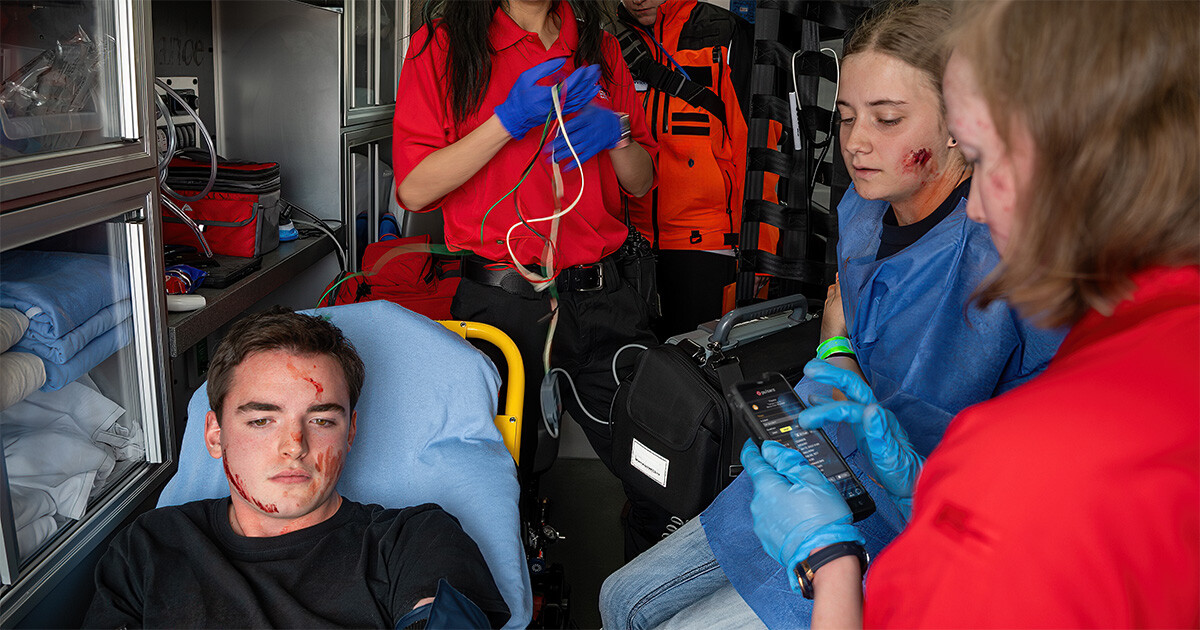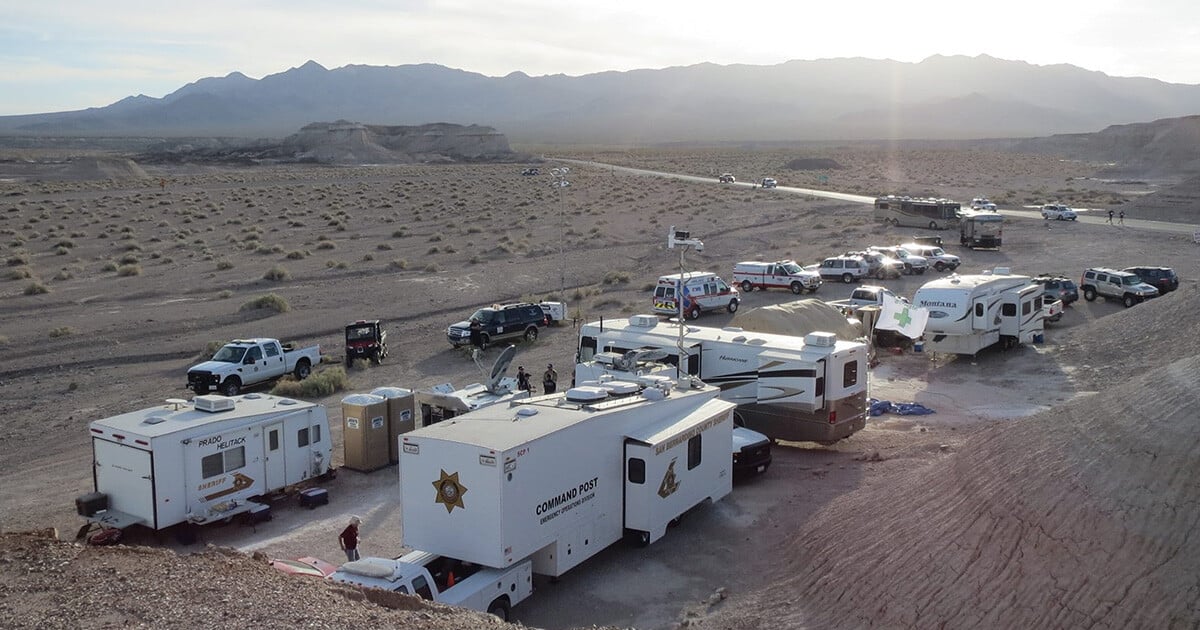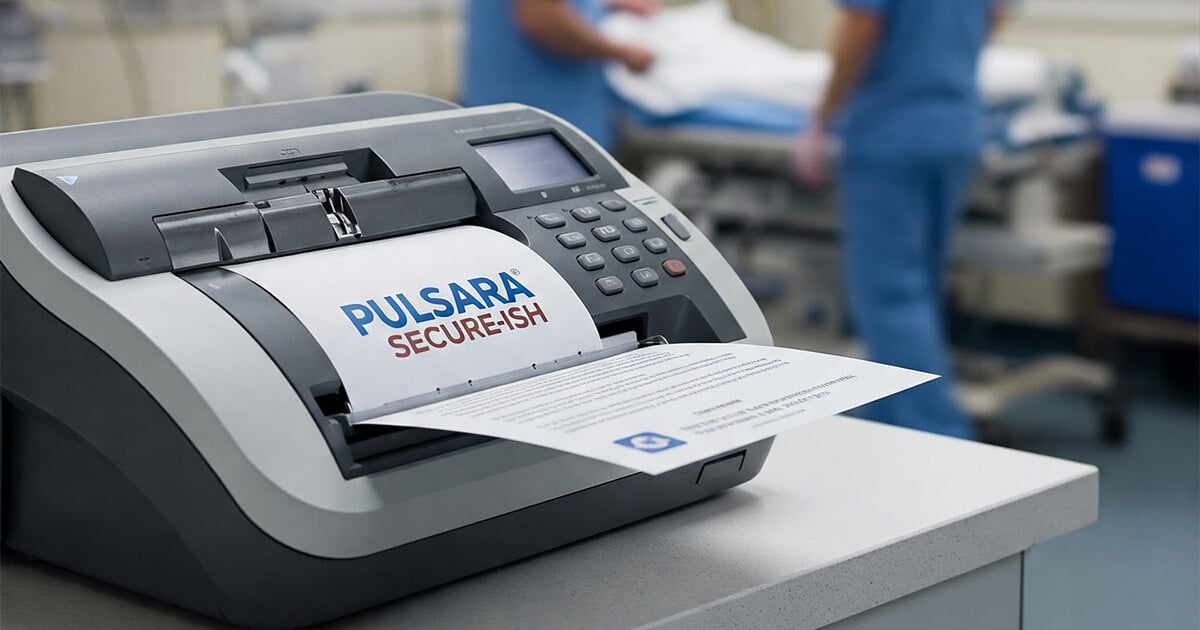Baker to Vegas: Leveraging Pulsara to Manage a Planned Event
Although they have the advantage of prior awareness and preparation, large-scale planned events pose unique challenges for emergency management...

EDITOR'S NOTE: This article originally appeared on EMS1.com. Special thanks to our guest author, John Erich, for EMS1 BrandFocus Staff.
__
In many ways, the response to the November 2022 Club Q shooting in Colorado Springs was textbook. Police received the first call from inside the club at 11:56 p.m., got there at midnight and had the shooter—who had been subdued by club patrons—in custody by 12:02 a.m. Firefighters arrived in seven minutes to a scene that was basically secured. Multiple responding EMS agencies – and even some officers in patrol cars – expeditiously transported casualties, helping limit the death toll to five.
Leaders of the Colorado Springs Fire Department (CSFD), however, felt they could have done better.
“One learning point we garnered from Club Q was that we didn’t [have] good communication with the hospital. We could have done a better job at that,” CSFD Lt. Jeremiah Heddings told a local news station that followed up with the department in late 2023. “They should be able to prepare and estimate how many patients they have [and] the severity.”
CSFD has long been proactive in striving to improve communication between first responders and the Emergency Department. In 2016, they were early adopters of Pulsara, a streamlined, HIPAA-compliant app designed to help unite and inform inter-organizational care teams throughout major incidents and beyond. For several years now, they have used Pulsara for all-day, everyday communication between EMS and the hospital. In the wake of the incident, Colorado Springs Fire Department evaluated ways to take their patient tracking practices to the next level. Now, they’re using Pulsara’s incident management functionality paired with patient wristbands to enhance their patient tracking capabilities.
Pulsara is not an ePCR, but a communication tool—one that can provide systems with the advanced levels of interoperability required at such complex events.
For prehospital and hospital responders, there are four main elements needed for truly interoperable communications in mass-casualty incidents, says Tim Hakamaki, senior vice president of product for Pulsara and a longtime EMT, firefighter and critical care nurse.
The first is a networked communication structure. “Without a networked communication foundation, patient care collaboration is inefficient and disconnected, with care teams always playing catch-up to the ever-changing patient journey,” Hakamaki said. “But when networked communication is the backbone of the system, every member of the patient’s care team has access to the most up-to-date and accurate information available—enabling true interoperability. That kind of real-time patient care collaboration streamlines workflows, reduces treatment times, and improves patient outcomes.”
The second factor is easy integration across regular workflows—at major events and even every day. Firefighters and EMTs are busy enough in the initial moments of a scene without being asked to wield new tools that are rarely used or less than fully familiar. Being based on the tablets or devices they’re already using is a better recipe for generating buy-in to a new approach.
“The ‘all day, every day’ workflow is a really big deal,” said Darris Clark, vice president of product for Pulsara. “You’re trying to simplify things at the point of care and replace that ‘back of the glove’ concept [for medical notations] that everyone’s done for years. Nobody in the clinical world wants to add work or add parts and pieces to their workflow. To bring value, you must replace or enhance something they already do.”
The third requirement is an open API, or publicly available programming interface. For utility on complex scenes with multiple responders and multiple patients entering the system at multiple points, any communication platform must be able to easily exchange data with lots of other sources.
The ultimate goal, of course, is to benefit the sick and injured by enabling care that’s fast, appropriate and efficiently delivered within an organized system. “You can do this all day long, but if you’re not improving patient care, then what are you doing it for?” said Hakamaki.
Those four benefits come together in the Pulsara platform, which is now being used in major jurisdictions and coming to entire states to help link care teams, update providers and provide a single integrated chronicle of patients’ journeys. In Colorado Springs, firefighters believe it will give their hospital colleagues fuller patient pictures earlier for everyday care and the next time a major event happens.
“We didn’t have a lot of time to prepare [for] Club Q—just driving to the scene was our prep time, if you will,” Heddings told KKTV. “But the hospital needs and deserves that as well. Not just a heads-up, but ‘here are the patients, the severity and the timeframe of when they might be coming to your facility.’ All that can be facilitated through this application.”
The Pulsara system begins with wristbands that have unique barcodes to identify patients. At scenes, first responders apply these and start a care channel for each patient with a quick scan of the barcode. Other caregivers—from the same organization, others using Pulsara, and even emergency department staff and other care specialists—can join the channel with the same scan, see everything that’s been done and add their own interventions.

The app allows sharing of images, audio and video calls, and team notifications, all with single taps. This reduces radio traffic and facilitates keeping everyone informed, including presenting and running casualty overviews for incident commanders. And it powers faster care than traditional methods permit: Pulsara users report average reductions in treatment times of 22%–68%. EMS providers also have insight into where their patients go and what their subsequent care journeys entail, and compliance with NEMSIS data formats enables full QA/QI once loops close.
While Colorado Springs FD was the first in its state to adopt Pulsara, the platform is coming into statewide use in Texas, where vigorous adopters are quickly realizing its benefits, and, more recently, Florida.
When it debuted a bit more than a decade ago, Pulsara was intended as a solution for STEMI and stroke care. It still serves those functions, but its flexibility, scalability and ease of use have also led to use in cases like cardiac arrest, trauma and overdose, as well as for major events both planned and unplanned.
Its design as a network from the ground up has enabled that.
“Over the years we’ve seen some really good systems built, but they have really specific needs and are almost always specific to an entity or two,” said Hakamaki. “Pulsara, from day one, was designed as a network.” That included a patent on the platform’s unique process of multiplexing dedicated communication channels for multiple entities.
While this all has obvious benefits on the prehospital side, it also simplifies lives in emergency departments, where – promises of integration notwithstanding—receiving patient care reports from different EMS organizations often requires accommodating multiple ePCR vendors. ED staff “don’t have any control of what EMS organizations are using, so they might have three or four different portals they have to go into to get their information,” noted Clark. “Pulsara can consolidate all of that.”
It also extends interoperability to less-traditional partners: Think groups like the American Red Cross for tracking patients in disasters and reunifying separated families, or law enforcement, which may transport casualties if local ambulances are overwhelmed, help find and extricate disaster victims, and conduct investigations around possible criminal incidents.
Even greater capabilities are coming. As advanced intelligence becomes more powerful and accessible, Pulsara is investigating ways to leverage it within the platform. Its incident and emergency management functions will also see expansion. The company is working with a vendor to produce Pulsara-branded wristbands, negating any need among users to source and obtain them elsewhere for use with the platform. That should simplify the challenge of getting all responders within jurisdictions on the same page, both proverbially and literally.
“Pulsara was kind of a reluctant entry into the wristband world, but there are significant operational gains to be had by doing that,” said Clark. “We don’t want to become a wristband company, but we do want to facilitate and make workflows better.”
That’s already happened in Texas—and is expected in short order in places like Colorado Springs and Florida.
“I think it’s important that the opportunity to unite on a single structure is really helping states like Florida, where they have a lot of incidents due to weather,” added Hakamaki. “We can unite everyone on a single platform, even down to the wristband. And if they’re all using wristbands we know will work really well, that makes it easy for us to unite organizations.”
![]()
Looking to enhance your EMS team’s response to mass casualty incidents? Listen to an expert panel of EMS leaders from Texas, Colorado, and California share their strategies for streamlining communication and improving patient outcomes. WATCH: Streamlining Crisis Response: A Deep Dive Into MCIs And Large Events

Although they have the advantage of prior awareness and preparation, large-scale planned events pose unique challenges for emergency management...

For Those Who Love a Good "Oopsie!" At Pulsara, we pride ourselves on enabling secure, HIPAA-compliant communication for healthcare teams. But let’s...

March Recap A New Integration: Improving Data Management, Streamlining Workflows, and Improving Care CoordinationOnly a few days ago, we announced...